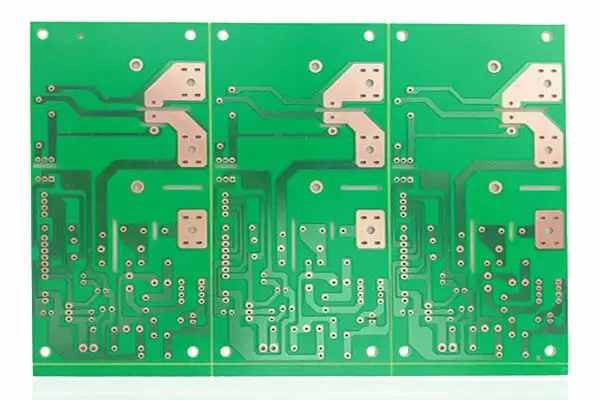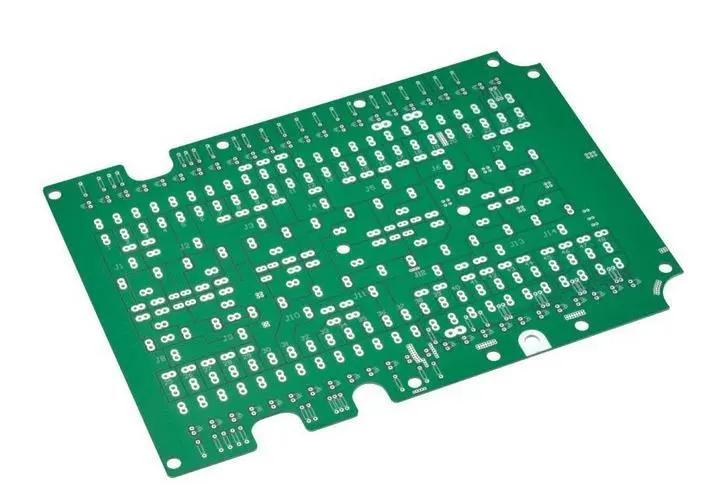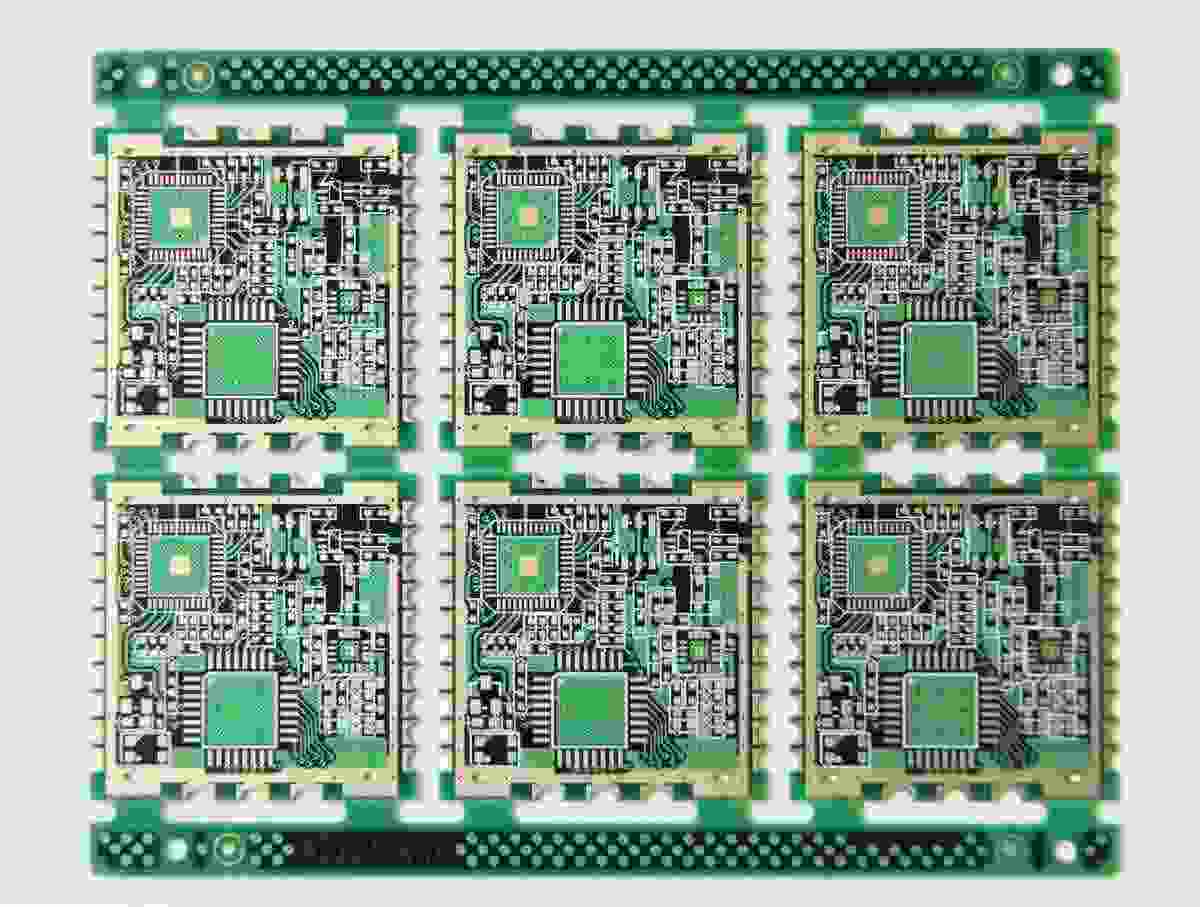
PCB Design: PDS Design for Ultra Low Power Implementation
In terms of low power consumption, the product is characterized by few high current options, small size, optimization for power management, and battery life as long as possible. A wide range of products meet these standards, including but not limited to smart phones, smart watches, remote monitoring equipment and medical equipment.
In terms of PDS design and power management, each product with ultra-low power consumption features has several inherent main factors: designing an efficient PDS in a very small geometric size, managing power consumption and extending battery life. In some product implementations, such as remote monitoring equipment, selecting appropriate capacitors to eliminate them as potential power consumption sources (due to leakage) is also a key factor.
If you haven't read the evolution of PDS design, the challenges related to power flow and the impact of inductance and resistance on performance degradation, it is a good place to start exploring power transmission systems.
So many functions in such a small product
Intelligent technology implemented in small size has become so common in our daily life that we can hardly imagine without it. Moreover, the development and complexity of the technology contained in these devices have been improved by leaps and bounds, so that we have become arrogant in implementing and operating various product functions that we have become so dependent on. The circuit board assembly, circuit board design, and circuit board processing manufacturers explain the PDS design of circuit board design for ultra-low power consumption implementation.
For example, when you rotate your phone from vertical to horizontal to keep the screen aligned, the technology that works is what we used to call a supercomputer. Many functions in smartphones - several radios, one or more cameras, screens, internal processors, and memory - consume power, making managing all the different power areas a challenge. It is important to remember that each power rail in the device has a PDS, while it is not uncommon to have 15-20 PDS in a smartphone.

Therefore, the main task of PCB designers is to figure out how to provide enough area for each power rail on the board, and how to find enough methods to split the plane when there are not so many planes at the beginning.
Moreover, due to these compact geometries, there is no space to use planar capacitors as a way to manage PDS. All capacitors are directly built into the IC. In fact, the design expertise required to develop these products has become very professional, which is quite different from traditional PCB design.
energy management
Therefore, we consider two parameters of ultra-low power consumption products - providing a large number of functions in a very small space and including multiple PDS in any device. In terms of power management, the architecture of the mobile phone enables it to be turned off when a specific function is not activated. Moreover, this is where determining PDS operation is critical.
As a designer, you must figure out how to manage all the major consumers in your phone so that they turn off and on at the right time. In most smart phones, the radio consumes the most power. When uploading videos, pictures, large amounts of data, etc., the radio is always on, which consumes high power. In the range of medium and low power consumption, there are text messages and simple data files uploaded. At the very low end of the power consumption is the "ping" between your mobile device and the cell phone tower that continuously monitors your location. In essence, your phone will not consume power to some extent only when it is completely turned off.
Battery protection
Next, we will discuss the most important aspect in the implementation of ultra-low power consumption products: making the battery life as long as possible. For smart phones, battery life is an important feature, but for other products such as remote monitoring equipment, energy conservation is absolutely necessary. An example of such a product is a powerline monitor clamped to a large transmission line. In most cases, the performance requirement of these devices is that the battery must be used for at least one year. However, if the capacitors are of the wrong type, they may leak and the battery will discharge much faster than expected.
Theoretically, capacitors should be perfect insulators. But they are not. If a capacitor is used in an 80 amp power supply, there will not be a few microamperes of leakage or cause so many problems. However, if the battery must have a life cycle of one year, no matter how small, capacitor leakage may become a major problem. In general, the capacitors selected for ultra-low power consumption devices are the same as those used as bypass capacitors (usually tantalum capacitors). In general, these are not low leakage and are not actually their performance criteria. The circuit board assembly, circuit board design, and circuit board processing manufacturers explain the PDS design of circuit board design for ultra-low power consumption implementation.
Generally, ceramic capacitors do not cause leakage problems, but they are not the cheapest, so they are not the default option for ultra low power applications such as remote monitors. The best way to determine whether the capacitor you choose is "leak proof" is to read the application instructions of the device. If the leakage resistance is not clearly stated, it is better to look for capacitors specifically identified as such.
The PDS requirements of ultra-low power consumption devices are quite different from those of standard PCB implementations. These devices are characterized by a compact, efficient PDS design and the elimination of any potential sources of power consumption.







